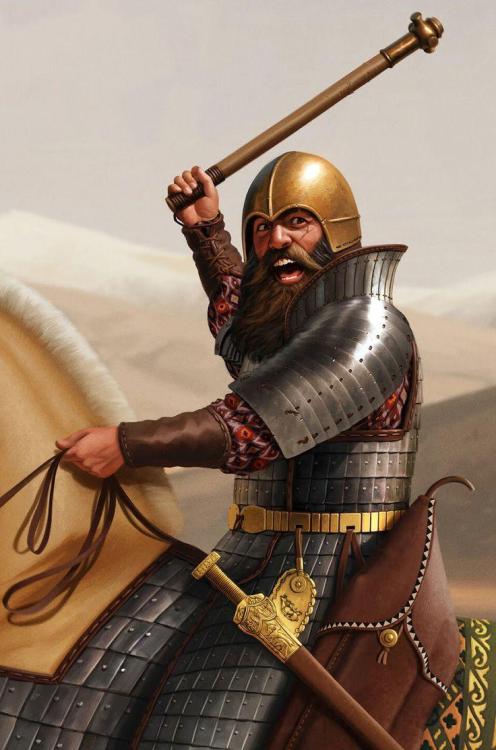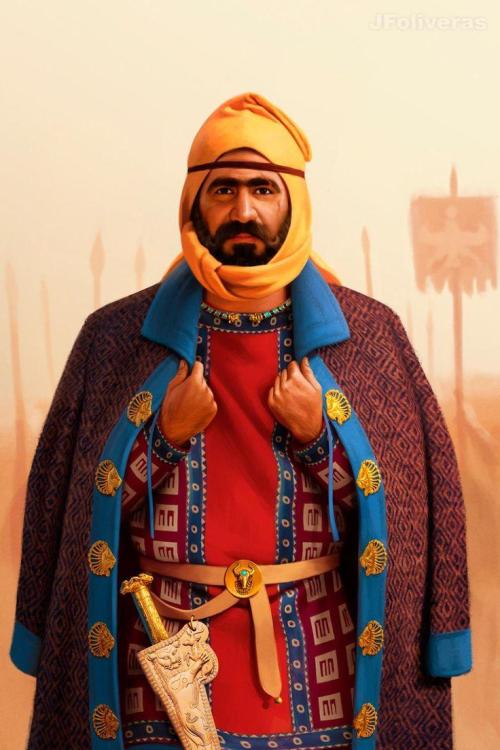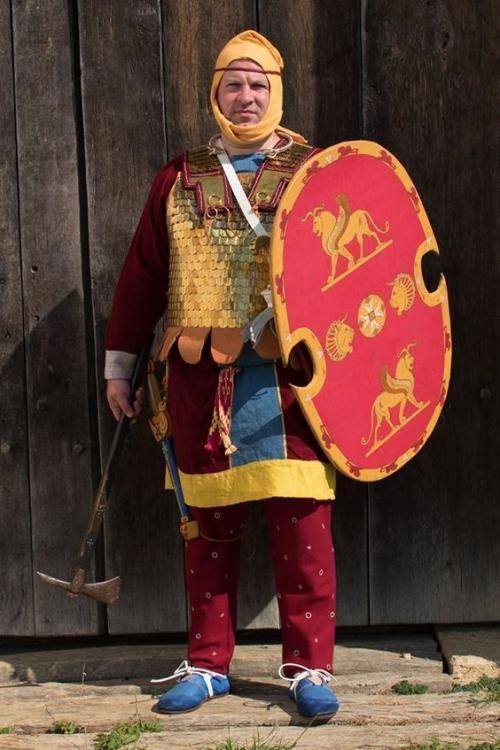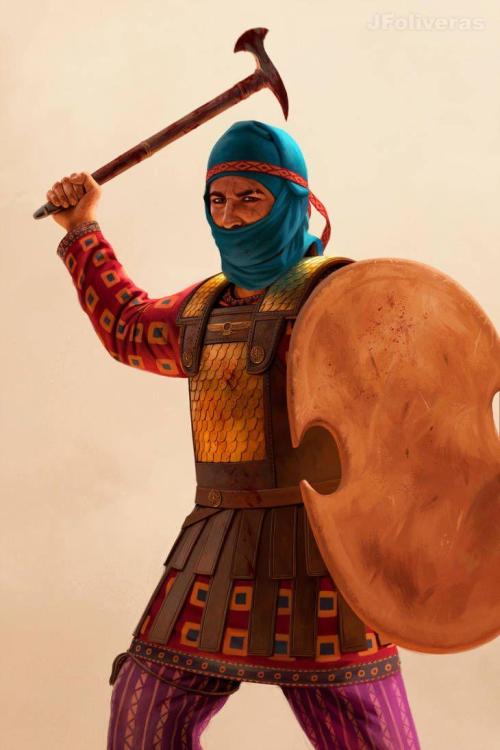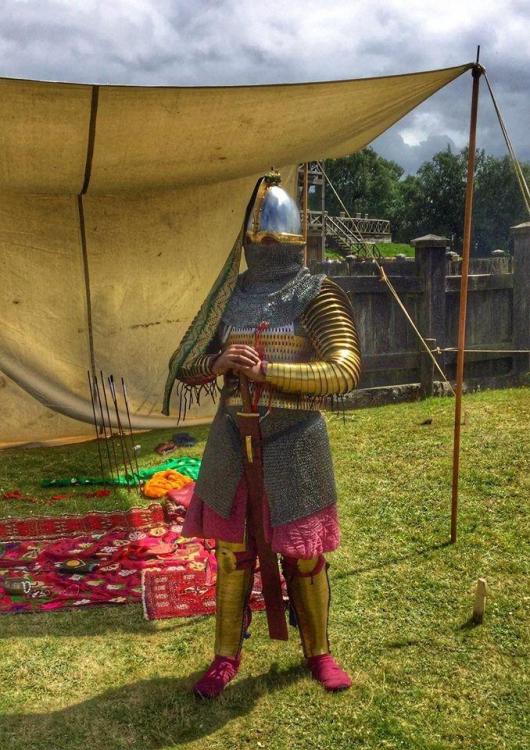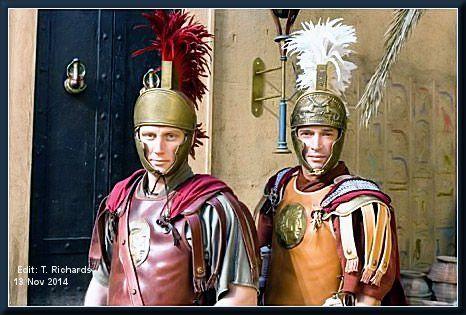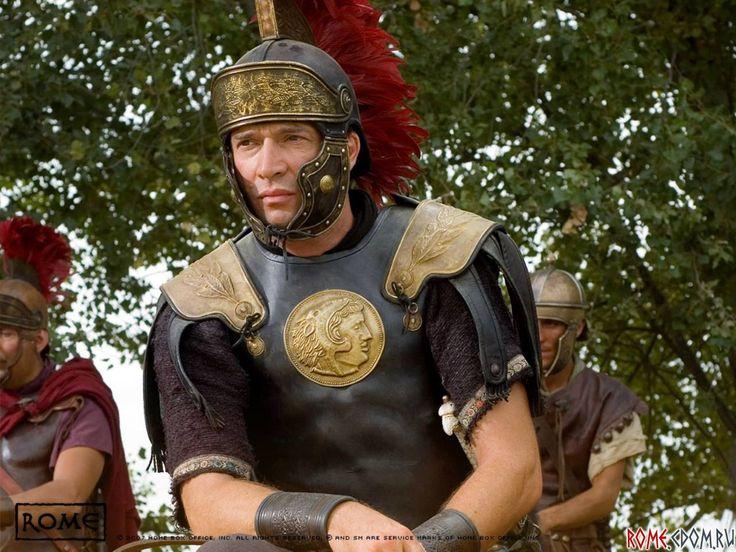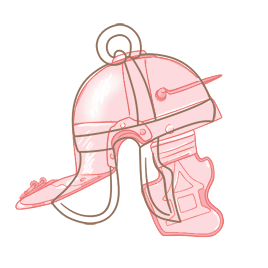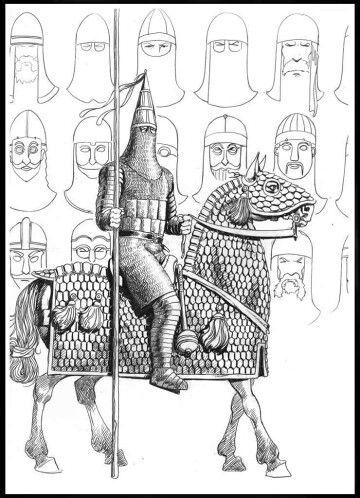-
Posts
25.684 -
Joined
-
Days Won
300
Everything posted by Lion.Kanzen
-
Scythians vs Chinese Han.
-
.thumb.png.ce58cea22940c255f5b0a735d5abee36.png)
SVN - checkout certificate validtion failed.
Lion.Kanzen replied to Emperior's topic in Help & Feedback
I think it's been like this for a week. -
What beautiful illustrations. They have a lot of charisma and at the same time history accuracy.
-
Saka / (Wusun) Heavy mace cavalry. I'm not sure if it is an elite unit. The armor has Asian influence.
-
Hybrid.
-
@kul You must give us your permission to use the portraits.
-
.thumb.png.ce58cea22940c255f5b0a735d5abee36.png)
Faction idea: Koreans (Silla, Gojoseon,Goguryeo)
Lion.Kanzen replied to Lion.Kanzen's topic in Rise of the East
It's okay, I'm going to see if Lopess helps us. @Lopess You can make us carts like this even if they are not animated? Not right now. Please.- 83 replies
-
- 1
-

-
- intersting culture
- asians
-
(and 1 more)
Tagged with:
-
One question, are you going to take the Sakas and the Massagetae as one? https://en.m.wikipedia.org/wiki/Massagetae
-
Delenda Est - Scythians.
-
.thumb.png.ce58cea22940c255f5b0a735d5abee36.png)
Faction idea: Koreans (Silla, Gojoseon,Goguryeo)
Lion.Kanzen replied to Lion.Kanzen's topic in Rise of the East
Forts and towers in the second phase. Do you have references to the carts/carriages?- 83 replies
-
- intersting culture
- asians
-
(and 1 more)
Tagged with:
-
.thumb.png.ce58cea22940c255f5b0a735d5abee36.png)
Cataphracts. (differents cultures)
Lion.Kanzen replied to Lion.Kanzen's topic in Tutorials, references and art help
Having references to the original handles vs the reconstruction is just as productive. especially draw conclusions. -
.thumb.png.ce58cea22940c255f5b0a735d5abee36.png)
Faction idea: Koreans (Silla, Gojoseon,Goguryeo)
Lion.Kanzen replied to Lion.Kanzen's topic in Rise of the East
- 83 replies
-
- intersting culture
- asians
-
(and 1 more)
Tagged with:
-
.thumb.png.ce58cea22940c255f5b0a735d5abee36.png)
Extra units references
Lion.Kanzen replied to Lion.Kanzen's topic in Tutorials, references and art help
-
.thumb.png.ce58cea22940c255f5b0a735d5abee36.png)
Cataphracts. (differents cultures)
Lion.Kanzen replied to Lion.Kanzen's topic in Tutorials, references and art help
I found another photo. It could be said that it is Sassanid Armor. But isn't enough different from Parthians. -
.thumb.png.ce58cea22940c255f5b0a735d5abee36.png)
Faction idea: Koreans (Silla, Gojoseon,Goguryeo)
Lion.Kanzen replied to Lion.Kanzen's topic in Rise of the East
they have things in common like all the nomads of Eurasia. When I designed the units there wasn't as much artwork as there is now.- 83 replies
-
- intersting culture
- asians
-
(and 1 more)
Tagged with:
-
.thumb.png.ce58cea22940c255f5b0a735d5abee36.png)
Cataphracts. (differents cultures)
Lion.Kanzen replied to Lion.Kanzen's topic in Tutorials, references and art help
the last one didn't know it existed. -
.thumb.png.ce58cea22940c255f5b0a735d5abee36.png)
Roman Imperial Equipment.
Lion.Kanzen replied to Lion.Kanzen's topic in Tutorials, references and art help
-
.thumb.png.ce58cea22940c255f5b0a735d5abee36.png)
Faction idea: Koreans (Silla, Gojoseon,Goguryeo)
Lion.Kanzen replied to Lion.Kanzen's topic in Rise of the East
I have time not to test the mod, as no one reports changes. I don't know who other than Yekaterina is in charge of the mods.At least update them. Maybe lopess or wow... The last time I played a mod was in A23 era.- 83 replies
-
- intersting culture
- asians
-
(and 1 more)
Tagged with:
-
.thumb.png.ce58cea22940c255f5b0a735d5abee36.png)
Faction idea: Koreans (Silla, Gojoseon,Goguryeo)
Lion.Kanzen replied to Lion.Kanzen's topic in Rise of the East
By the way I want a review about my Xiongnu faction. With ideas from what I have read, I made the tweaks for the current version.- 83 replies
-
- intersting culture
- asians
-
(and 1 more)
Tagged with:
-
.thumb.png.ce58cea22940c255f5b0a735d5abee36.png)
Faction idea: Koreans (Silla, Gojoseon,Goguryeo)
Lion.Kanzen replied to Lion.Kanzen's topic in Rise of the East
I find it hard to get acquainted with the history of Asia. Any suggestion is welcome. I am not an expert on Asia, just an enthusiast of ancient cultures.- 83 replies
-
- intersting culture
- asians
-
(and 1 more)
Tagged with:
-
Attic Imperial. most of the helmets on the reliefs are not realistic. They are more interpretations of reality with a Hellenistic and aesthetic sense. I have already investigated this debate enough, there is no arctic 100% faithful or realistic. And what is perceptible in archeology is different. Roman generals and high officials preferred Hellenistic details on their helmets. I am convinced that the helmet that is shown to us in the film the passion of Christ by the soldier fictionary "Abenader". It has the Celtic adaptations, in the cheek-pieces. Similar to this without falling into the Hollywood cliché. They are worn by various generals in HBO's Rome. Again art vs archeology, example of the Trajan column, a normal Gallic Roman helmet with what is found in museums.
-
.thumb.png.ce58cea22940c255f5b0a735d5abee36.png)
Cataphracts. (differents cultures)
Lion.Kanzen replied to Lion.Kanzen's topic in Tutorials, references and art help
I'm more interested use as referent for material and proportion. Polish good bronze. I have other references.


